Fichas de plantas acuáticas para acuarios (página 3)
Página 3 de 573 especies de plantas acuáticas para acuarios con 60 fichas. Hay 12 géneros diferentes desde Callitriche hasta Cryptocoryne.
Lista des fichas de Callitriche stagnalis a Cryptocoryne pontederiifolia
- Callitriche stagnalis

30,0 → 40,0 cm (> 120 L)
pH 6,0–7,5 | GH 1–20 | 21–25°C - Campanula rotundifolia

50,0 → 70,0 cm (> 800 L)
pH 5,5–7,5 | GH 3–10 | 21–25°C - Cardamine lyrata
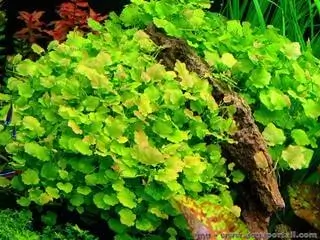
20,0 → 40,0 cm (> 50 L)
pH 6,0–7,5 | GH 1–10 | 15–25°C - Cardamine rotundifolia
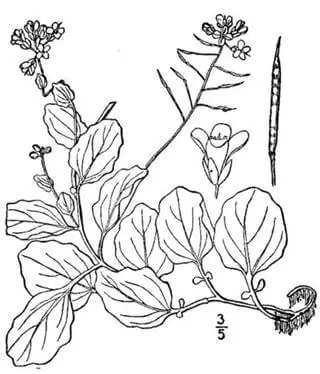
15,0 → 30,0 cm (> 50 L)
pH 6,0–7,5 | GH 1–10 | 21–25°C - Centrolepis drummondiana
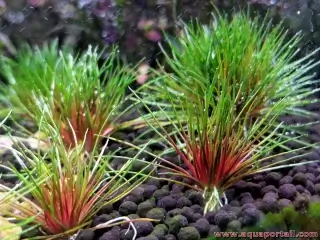
8,0 → 12,0 cm (> 80 L)
pH 6,0–7,5 | GH 3–10 | 18–30°C - Ceratophyllum demersum

30,0 → 100,0 cm (> 80 L)
pH 5,5–8,5 | GH 5–25 | 18–30°C
- Ceratophyllum demersum var. Foxtail
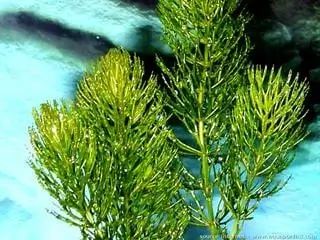
15,0 → 50,0 cm (> 50 L)
pH 5,0–6,5 | GH 1–5 | 18–28°C - Ceratophyllum submersum
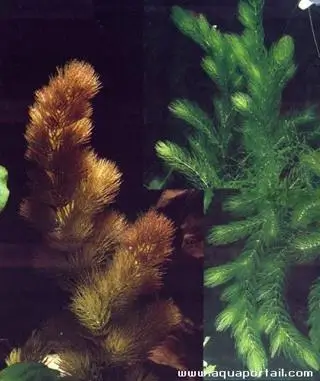
50,0 → 150,0 cm (> 80 L)
pH 6,5–7,5 | GH 5–25 | 21–25°C - Ceratopteris cornuta

35,0 → 50,0 cm (> 80 L)
pH 5,0–7,0 | GH 1–15 | 22–28°C - Ceratopteris pteridoides

25,0 → 50,0 cm (> 80 L)
pH 5,0–7,0 | GH 3–15 | 22–28°C - Ceratopteris richardii

20,0 → 50,0 cm (> 50 L)
pH 5,5–7,0 | GH 3–10 | 21–25°C - Ceratopteris siliquosa

20,0 → 30,0 cm (> 50 L)
pH 5,5–7,5 | GH 3–10 | 21–25°C - Ceratopteris thalictroides

30,0 → 60,0 cm (> 80 L)
pH 5,0–7,0 | GH 3–20 | 21–25°C - Chlorophytum laxum

30,0 → 50,0 cm (> 120 L)
pH 5,0–8,5 | GH 1–30 | 15–30°C - Clinopodium brownei
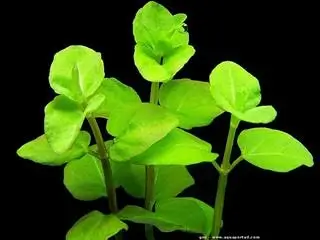
20,0 → 50,0 cm (> 120 L)
pH 5,5–7,5 | GH 3–20 | 21–28°C - Cordyline fruticosa

30,0 → 100,0 cm (> 1500 L)
pH 6,0–7,5 | GH 3–15 | 21–25°C - Crassula aquatica

10,0 → 20,0 cm (> 50 L)
pH 7,0–9,0 | GH 15–30 | 21–25°C - Crassula helmsii

10,0 → 20,0 cm (> 50 L)
pH 6,5–8,0 | GH 5–20 | 21–25°C - Crinum calamistratum

20,0 → 70,0 cm (> 80 L)
pH 5,5–8,0 | GH 1–20 | 21–25°C - Crinum natans

100,0 → 150,0 cm (> 200 L)
pH 5,5–8,0 | GH 2–8 | 21–27°C - Crinum thaianum

100,0 → 200,0 cm (> 120 L)
pH 5,5–9,0 | GH 5–30 | 21–25°C - Cryptocoryne affinis

20,0 → 30,0 cm (> 50 L)
pH 5,5–8,5 | GH 5–25 | 18–29°C - Cryptocoryne alba

9,0 → 11,0 cm (> 20 L)
pH 6,5–7,5 | GH 1–5 | 21–26°C - Cryptocoryne albida
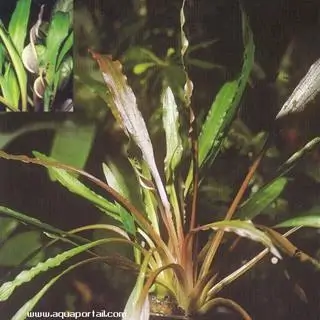
10,0 → 30,0 cm (> 50 L)
pH 6,0–7,0 | GH 1–10 | 21–25°C
- Cryptocoryne aponogetifolia
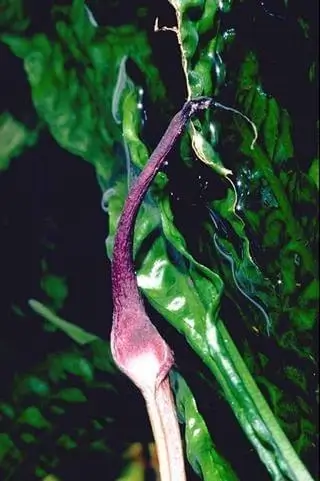
80,0 → 150,0 cm (> 200 L)
pH 5,5–7,5 | GH 1–10 | 21–25°C - Cryptocoryne auriculata
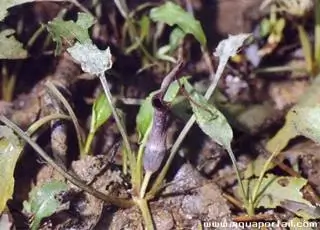
10,0 → 15,0 cm (> 20 L)
pH 5,0–7,0 | GH 1–5 | 21–25°C - Cryptocoryne beckettii

15,0 → 40,0 cm (> 20 L)
pH 6,0–7,5 | GH 3–15 | 22–28°C - Cryptocoryne blassii

7,0 → 20,0 cm (> 20 L)
pH 7,0–8,0 | GH 10–25 | 21–25°C - Cryptocoryne bogneri

10,0 → 40,0 cm (> 50 L)
pH 6,0–7,5 | GH 3–15 | 21–25°C - Cryptocoryne bullosa
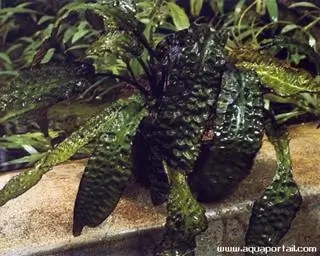
10,0 → 30,0 cm (> 50 L)
pH 5,5–7,0 | GH 1–5 | 20–28°C - Cryptocoryne ciliata

30,0 → 70,0 cm (> 80 L)
pH 5,0–9,0 | GH 1–20 | 21–25°C - Cryptocoryne cognata

30,0 → 50,0 cm (> 80 L)
pH 5,0–6,5 | GH 1–10 | 21–25°C - Cryptocoryne consobrina
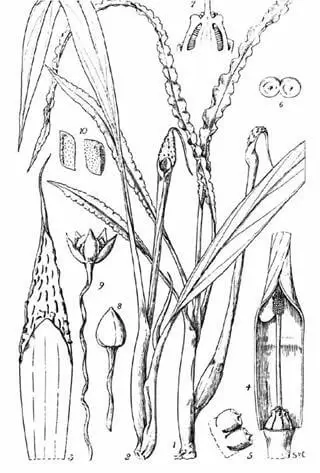
20,0 → 40,0 cm (> 50 L)
pH 5,5–7,5 | GH 3–15 | 21–25°C - Cryptocoryne cordata

15,0 → 40,0 cm (> 50 L)
pH 5,5–7,5 | GH 3–15 | 21–26°C - Cryptocoryne cordata var. diderici

10,0 → 30,0 cm (> 20 L)
pH 5,5–7,0 | GH 1–10 | 21–25°C - Cryptocoryne cordata var. grabowskii
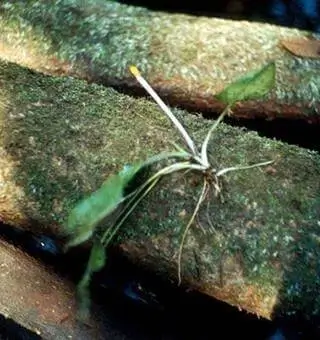
15,0 → 40,0 cm (> 50 L)
pH 5,5–7,0 | GH 1–15 | 21–25°C - Cryptocoryne cordata var. zonata
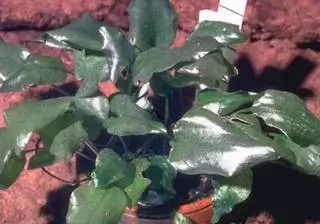
10,0 → 30,0 cm (> 50 L)
pH 5,5–7,0 | GH 1–10 | 21–25°C - Cryptocoryne crispatula

40,0 → 60,0 cm (> 50 L)
pH 5,5–7,0 | GH 1–10 | 21–25°C - Cryptocoryne crispatula var. balansae

12,0 → 25,0 cm (> 50 L)
pH 5,5–7,5 | GH 3–15 | 21–25°C - Cryptocoryne crispatula var. tonkinensis

20,0 → 30,0 cm (> 50 L)
pH 6,0–7,5 | GH 1–10 | 21–25°C - Cryptocoryne cruddasiana
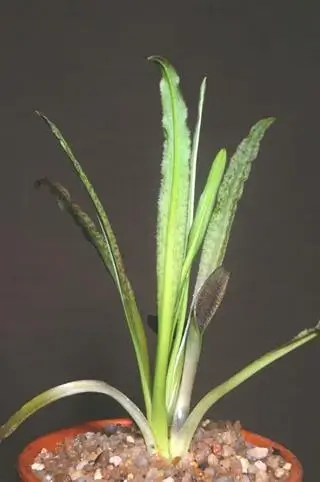
30,0 → 40,0 cm (> 80 L)
pH 5,5–6,5 | GH 1–8 | 23–28°C - Cryptocoryne elliptica

10,0 → 15,0 cm (> 20 L)
pH 5,5–7,0 | GH 1–5 | 21–25°C - Cryptocoryne ferruginea

10,0 → 15,0 cm (> 20 L)
pH 6,0–8,5 | GH 5–25 | 21–25°C - Cryptocoryne fusca
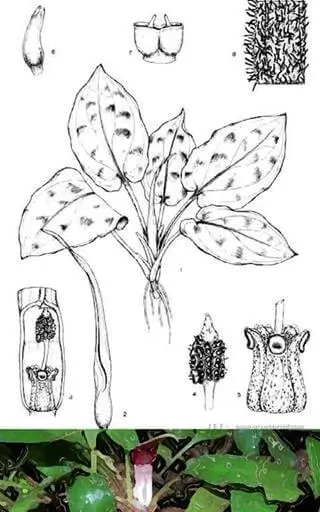
30,0 → 60,0 cm (> 200 L)
pH 5,5–7,0 | GH 1–10 | 21–25°C - Cryptocoryne gracilis

8,0 → 15,0 cm (> 50 L)
pH 5,5–7,5 | GH 1–15 | 21–25°C - Cryptocoryne griffithii

15,0 → 40,0 cm (> 50 L)
pH 5,0–7,0 | GH 1–5 | 21–25°C - Cryptocoryne hudoroi
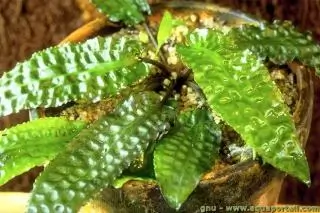
10,0 → 25,0 cm (> 50 L)
pH 5,5–7,5 | GH 3–10 | 20–28°C - Cryptocoryne keei
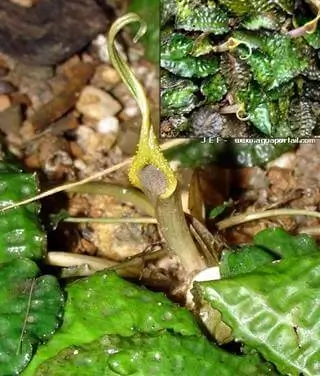
10,0 → 20,0 cm (> 120 L)
pH 5,5–6,5 | GH 1–7 | 21–25°C - Cryptocoryne lingua

10,0 → 15,0 cm (> 20 L)
pH 6,0–8,5 | GH 5–25 | 21–27°C - Cryptocoryne loeiensis

10,0 → 15,0 cm (> 80 L)
pH 6,0–7,5 | GH 3–10 | 21–26°C - Cryptocoryne longicauda

8,0 → 12,0 cm (> 20 L)
pH 6,0–7,5 | GH 1–10 | 21–25°C - Cryptocoryne lucens

12,0 → 20,0 cm (> 20 L)
pH 5,5–7,0 | GH 1–8 | 21–25°C - Cryptocoryne minima

10,0 → 15,0 cm (> 50 L)
pH 5,5–6,5 | GH 1–8 | 21–25°C - Cryptocoryne moehlmannii

10,0 → 15,0 cm (> 50 L)
pH 6,0–7,0 | GH 1–8 | 21–25°C - Cryptocoryne nevillii
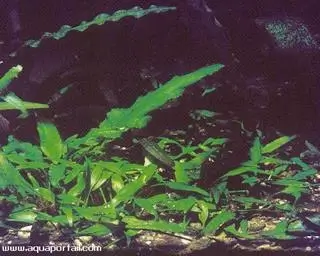
10,0 → 25,0 cm (> 20 L)
pH 6,0–8,0 | GH 1–15 | 21–25°C - Cryptocoryne nurii

25,0 → 30,0 cm (> 50 L)
pH 5,5–6,5 | GH 1–10 | 21–25°C - Cryptocoryne pallidinervia

15,0 → 20,0 cm (> 50 L)
pH 5,0–6,0 | GH 1–5 | 23–28°C - Cryptocoryne parva

10,0 → 15,0 cm (> 20 L)
pH 6,0–7,5 | GH 3–20 | 21–25°C - Cryptocoryne petchii
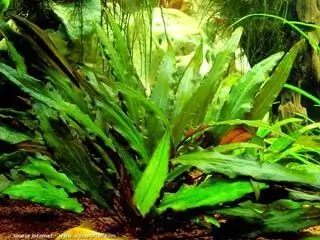
10,0 → 15,0 cm (> 20 L)
pH 5,0–7,0 | GH 1–5 | 21–25°C - Cryptocoryne pontederiifolia
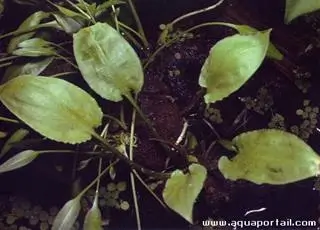
10,0 → 30,0 cm (> 50 L)
pH 6,5–8,5 | GH 5–30 | 21–25°C
Los datos biológicos de las especies indican el tamaño en cm y, si los valores son relevantes, otras características específicas.
